In honour of President Hu of China’s state visit to London this week, I thought I would share with you peeps a short photo show of a recent visit I made to a Chinese printer factory in the booming Shenzhen economic area, an hour or so from Hong Kong on the Chinese mainland. Hopefully you may find it interesting to see how your electronics are being created at source. I found it genuinely fascinating.
The journey starts proper at the border post between Hong Kong and the mainland. Nothing unusual here, long queues, lorry parks, uniforms and lots of hospital green walls.
(click on thumbnails for larger image)
We are then bussed to a luxury hotel inside Shenzhen proper where the hosts give us a detailed briefing on the factory project, the economic stuff et al. Lots of smiling faces in suits. Very plush hotel.
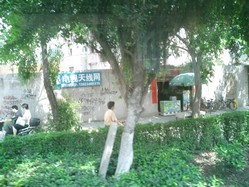
At arrival we pass by the worker’s entrance with rows upon rows of neat shoe racks. Everything in the factory is geared towards organising large numbers of displaced people, so there are all sorts of facilities that Western manufacturing plants don’t have. Dormitories, for one, but more on that later.
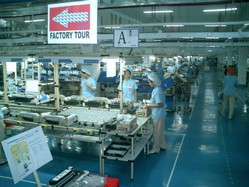
The work looks like the typical electronics combination of skilled and/or monotonous assembly and testing of components. Nothing really new here.
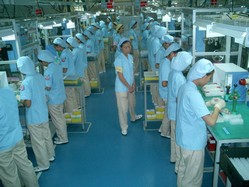
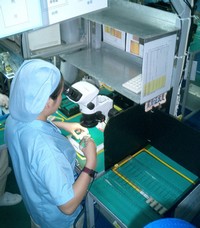
Another room, another series of rows of young ladies studiously picking, assembling, testing, picking, assembling, testing, picking…Notice the supervisors hovering close by at the rear of the line. Focus, concentration.
By now we’re starting to become a little discomforted by the fact that no-one looks at us at all. In the West the employees would be openly sniggering by now. All we pick up is the faintest of looks, almost out of the corner of the eye, although sometimes I imagine that I can hear a soft rustle of conversation and giggles as we pass from a room.
It’s slightly unnerving, but not as scary as discovering that we, the watchers, are ourselves being watched – and photographed – by company employees. This one is very sweet and smiles when caught red handed with her digital camera.
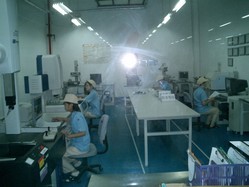
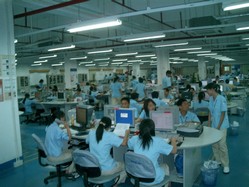
We’re still being watched and photographed though. They’re being a little more open about it by now. Maybe it’s for the factory magazine, eh?
A quick glance out of the window from an upstairs window shows the surrounding area in all its glory. It’s a fantastically fast growing area, 10 years ago there was virtually no-one here at all. Now factories are everywhere, building work is non-stop and the sky is filled with pollution. Such is the price of industrialisation. You want to know how busy? There are 17 checkpoints surrounding Shenzhen and last year 378 million people ‘visited’ the zone as a whole (that’s 110 million vehicles, folks!).
The city, covering 327 square kilometers of land, produces 20% of the country’s computer products, 50% of its program-controlled switches, and 15% of the country’s semiconductor integrated circuits. It ranks first in sales volume of liquid crystal displays, high-quality cordless telephones and printers. The output value and sales volume of its information industry make up 15% of the national total…
Top floor now, and there’s a noticeable ‘top floor’ feel about it. The factory does its own research and development and this is where the R&D team are based. Eerily enough, it was kind of empty, but hey, maybe they were all developed out for the month. Nice desks, floor tiles, lighting. Top floor comforts all right!
All the more contrast to our journey downstairs again at the end of the tour on our way out.
Just time to catch a glimpse of the massive block dormitories which house the workforce. All accommodation, food, pension, healthcare and entertainment are 90% paid for by the company. They have a pool hall, tennis tables, basketball, computer games room and shops. Just about everything you would need for a long stay. Except their families of course.
Then it’s effusive goodbyes from our gently smiling hosts, who’ve been incredibly patient and tolerant of all our rather direct questioning all day, and we’re back on the bus for the return to Hong Kong. Not so much traffic out here yet, although we learn that rush hour can be as bad as anywhere else.
So across the border and back to the madness that is HK. A very interesting day all round. I can’t say whether this factory is typical, we speculated on whether the smaller factories in other economic areas were as well equipped, but our hosts seem to suggest that the major name manufacturers did maintain this kind of standard for all their plants, as well as wage rates and employee benefits. There are bound to be some companies which don’t however, that’s the way of the world isn’t it? If you’ve bothered to read this far, well done. As a reward I’ll tell you that it was the Brother Industries factory, the Japanese electronics firm.

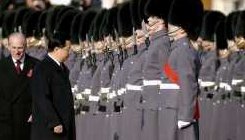
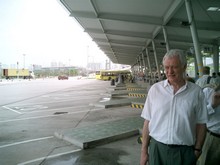
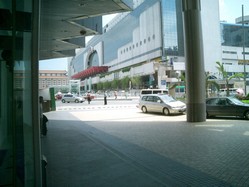
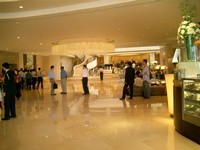
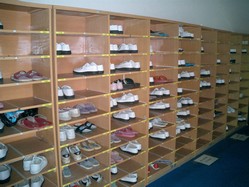
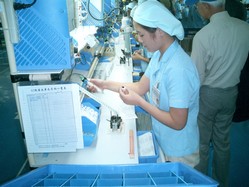
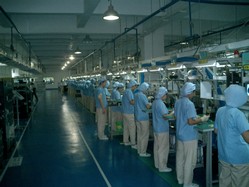
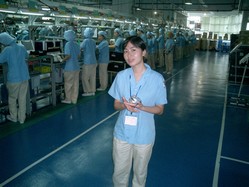
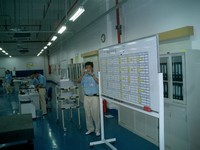
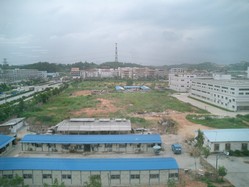
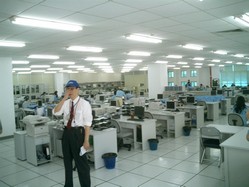
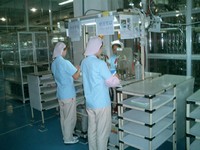
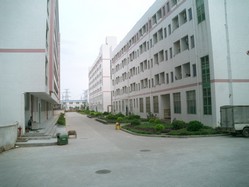
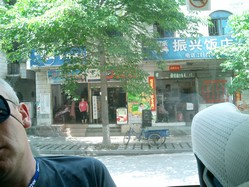
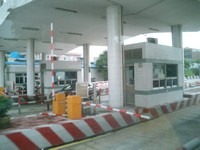

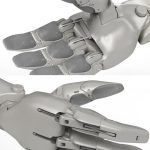

So how did you get a tour? And you’re in Hong Kong? I thought you were in the UK?
Press trip – UK to Hong Kong. Factory tour part of trip. Back to London afterwards. :-)
Nice work on this article. Very interesting read, IMO.
Good to see you can do serious writing too ;)
Serious? How dare you insult me so, Jecc? :-)
Very interesting….
In western countries most similar types of workplace conditions are only for FIFO (Fly In Fly Out), like in the Aus mining industry, where you spend a couple of weeks away, and then a couple of weeks at home. If you`re on an oil-rig of course, it`s a tad longer….. but NOWHERE near 3 – 4 years. Geez. I bet there`s a hell of a lot of `practically slavery` going on in places like that factory complex.
I think the Romans had a similar thing going for their salt mines. Or was that the Russians? Even then, they only did it to slaves/prisoners.
your image links don`t work btw.
Thanks Gary, interesting comment. I suspect that it’s not so much slavery as apprenticeship in these cases, which I think mirrors the way things used to be done. Your youth would travel great distances to learn a trade and come back equipped to be a useful and productive member of your community. Makes more sense that way. Three years is not that long to learn a trade, is it!?
Oh and thanks for the heads up on the images, as far as I can tell it’s only the ones on the left hand side that are stuffed. Some bug with Blogjet I suspect.